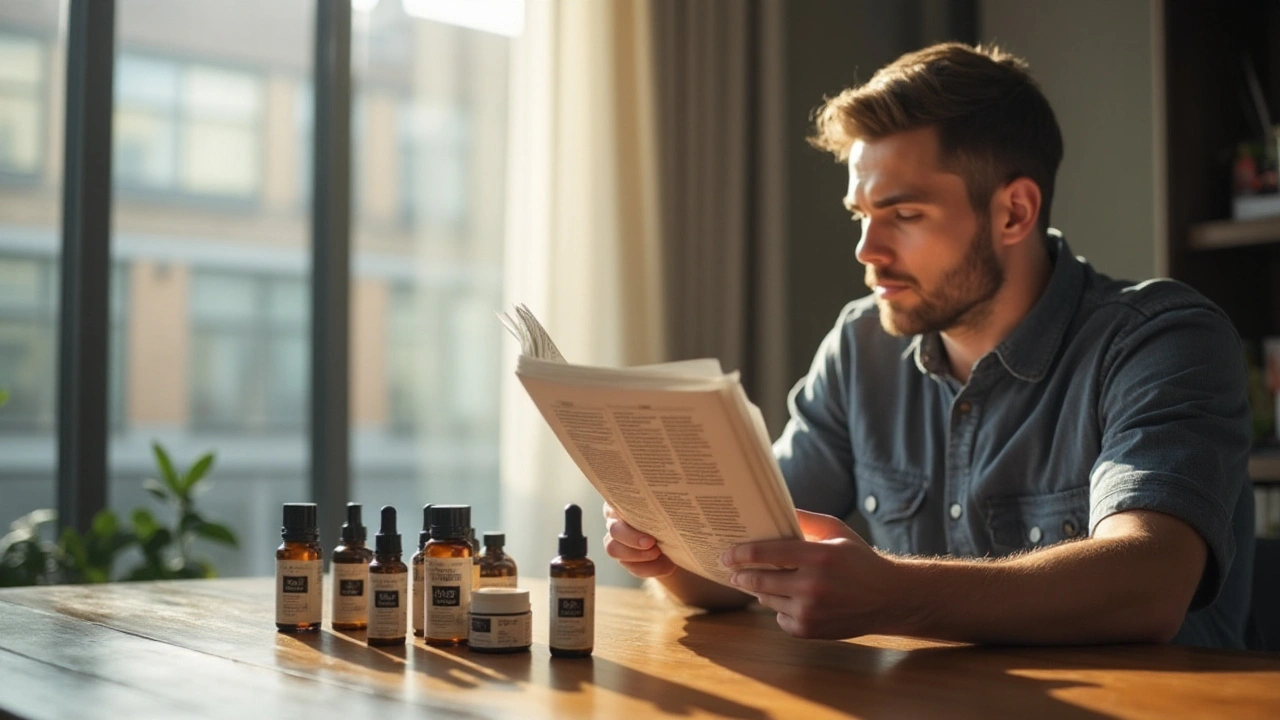Hair Loss Treatment Guide: What Works and What Doesn’t
If you’re watching more scalp than before, you’re not alone. Hair loss affects millions, but there are real ways to slow it down and even bring back some growth. Below is a straight‑forward look at the options that actually help.
Top Over‑the‑Counter Options
The first line of defense for most people is an OTC product. Minoxidil (often sold as a 5% liquid or foam) is the only non‑prescription drug approved by regulators to boost hair growth. Apply it twice a day to clean, dry scalp and expect to see results after about three months. Consistency matters; skipping days will set you back.
Another easy pick is a biotin supplement. While scientific proof is thin, many users report thicker strands when they add 5,000 µg daily to their routine. Look for products that combine biotin with zinc and vitamin D for extra support.
Lifestyle Changes That Help
What you eat can affect hair health. Aim for a balanced diet rich in protein, iron, and omega‑3 fatty acids – think lean meats, beans, leafy greens, nuts, and fish. Reducing sugary drinks and processed foods helps keep inflammation low, which can slow hair shedding.
Stress is another hidden trigger. Simple habits like 10 minutes of breathing exercises or a short walk each day cut cortisol spikes that push follicles into rest mode. Sleep at least seven hours; the body repairs hair while you rest.
Scalp health matters, too. Use a gentle shampoo without harsh sulfates and massage your scalp for a minute each time you wash. The massage boosts blood flow and lets topical treatments like minoxidil reach deeper.
If OTC stuff isn’t enough, prescription meds are the next step. Finasteride (a daily 1 mg pill) blocks the hormone DHT, which shrinks hair follicles in men. Women generally avoid it because of side‑effects, but a low‑dose version can be prescribed under close supervision.
Laser combs and red‑light devices are popular gadgets that claim to stimulate growth. Some small studies show modest gains when used daily for 15 minutes, but they’re pricey and not a replacement for proven meds.
When should you see a doctor? If you notice rapid shedding, patches of baldness, or any scalp irritation, schedule an appointment. A dermatologist can run blood tests to rule out thyroid issues, iron deficiency, or autoimmune conditions that mimic hair loss.
During the visit, bring a list of all supplements and medications you take. This helps the doctor spot interactions – for instance, certain blood‑pressure drugs can worsen shedding.
Finally, set realistic expectations. Most treatments need three to six months before you see visible change, and stopping them usually means losing any gains. Stick with the plan that fits your budget and lifestyle, and adjust as needed.
Hair loss can feel discouraging, but with the right mix of proven meds, healthy habits, and professional guidance, many people keep or regain a fuller look. Start small, stay consistent, and you’ll know what works for you.

Top Alternatives to Propecia for Hair Loss Treatment in 2025
Exploring various alternatives to Propecia for treating male pattern baldness in 2025, this article evaluates the effectiveness, benefits, and potential drawbacks of each option. From topical treatments to natural supplements, there are diverse approaches available today. Each alternative offers unique properties that may suit different needs and preferences. Understanding these options helps individuals make informed decisions about their hair restoration journey.
Read More